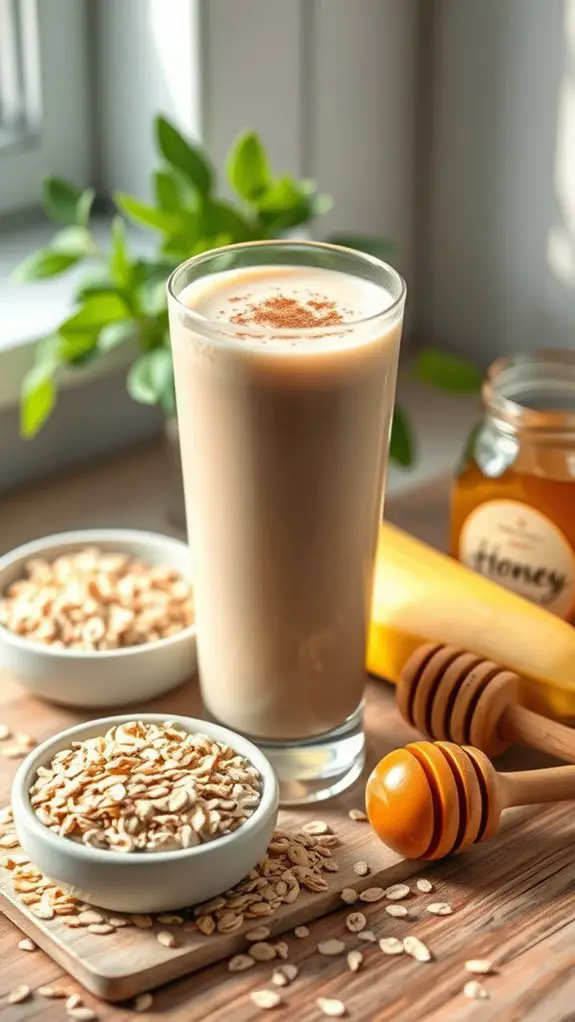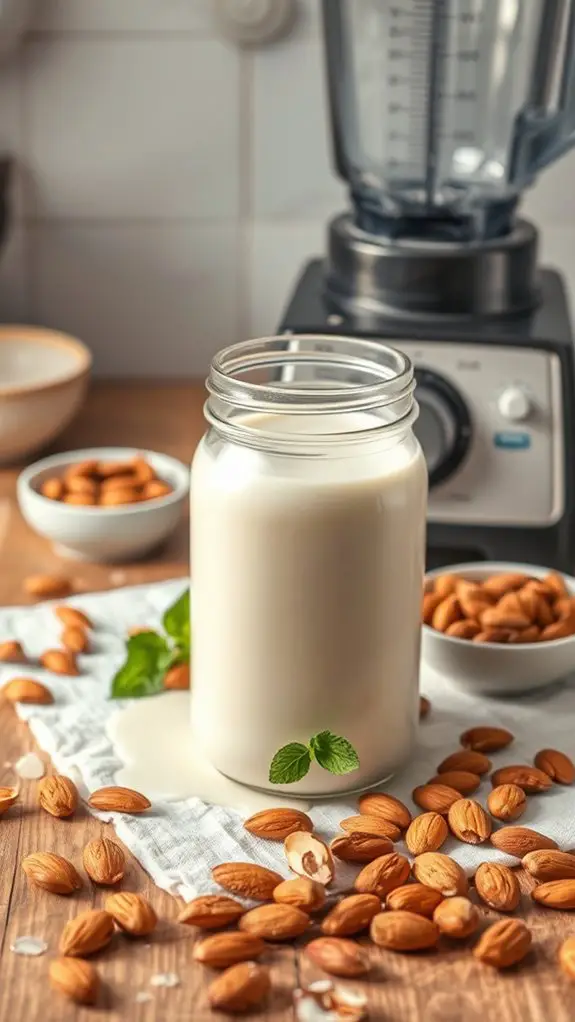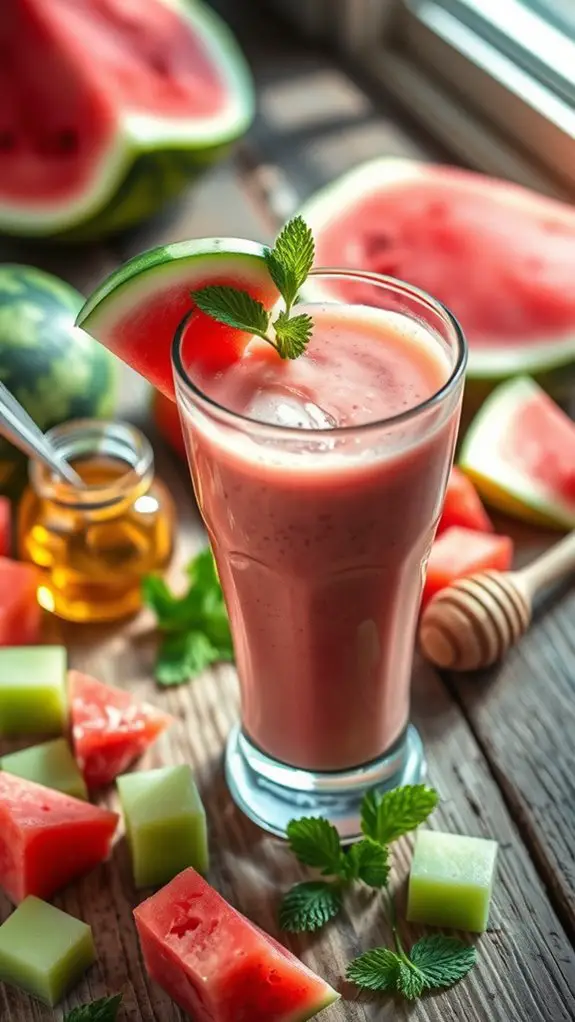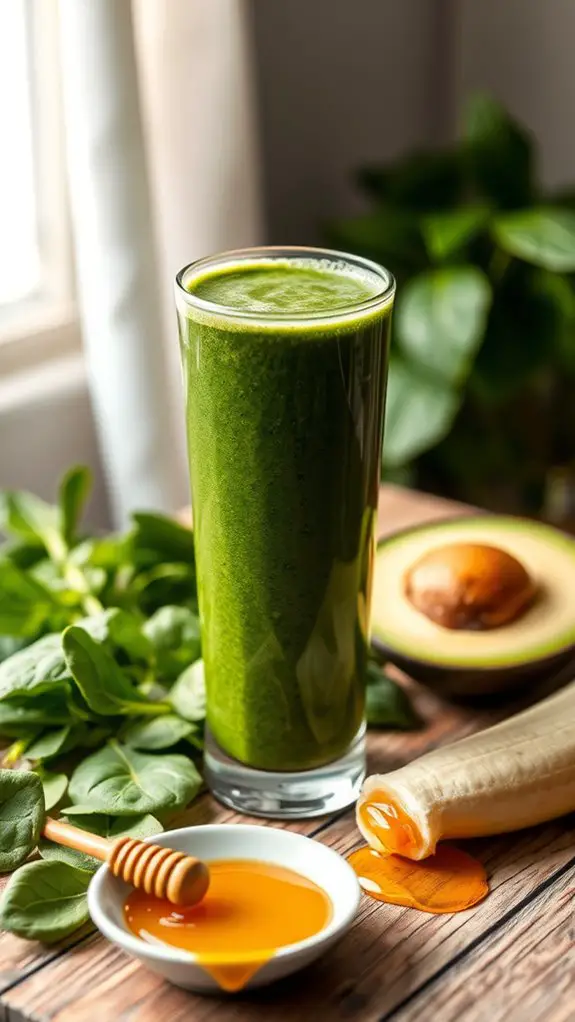Taro Milk Tea
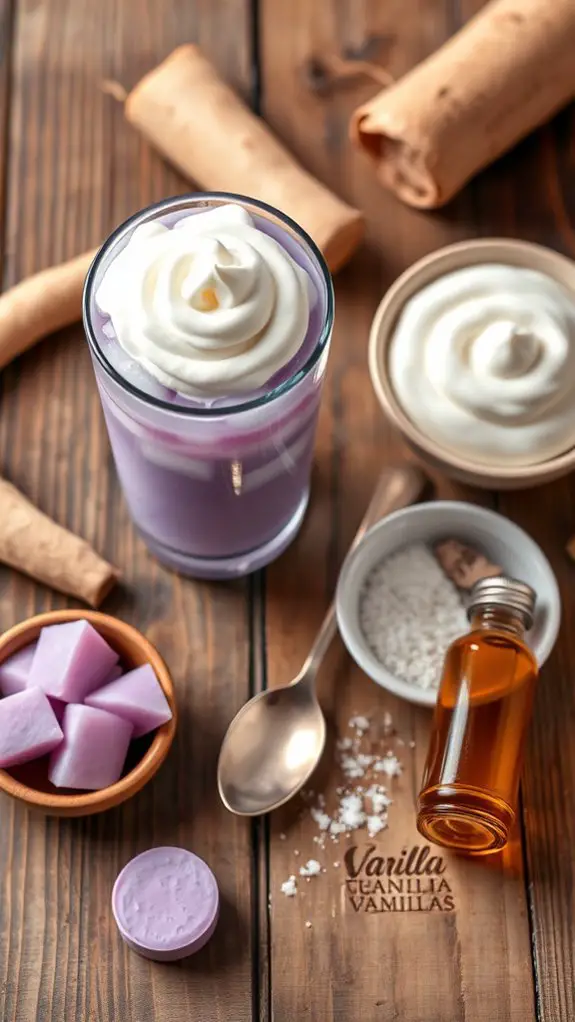
You've probably seen taro milk tea on café menus, but do you know its fascinating history and surprising health benefits? Originating in Taiwan, this vibrant purple drink blends the creamy richness of milk with the unique, starchy flavor of taro root – a combination that's both visually striking and packed with nutrients. Discover why this guilt-free indulgence has become a global sensation and how it connects drinkers to a rich cultural heritage.
History
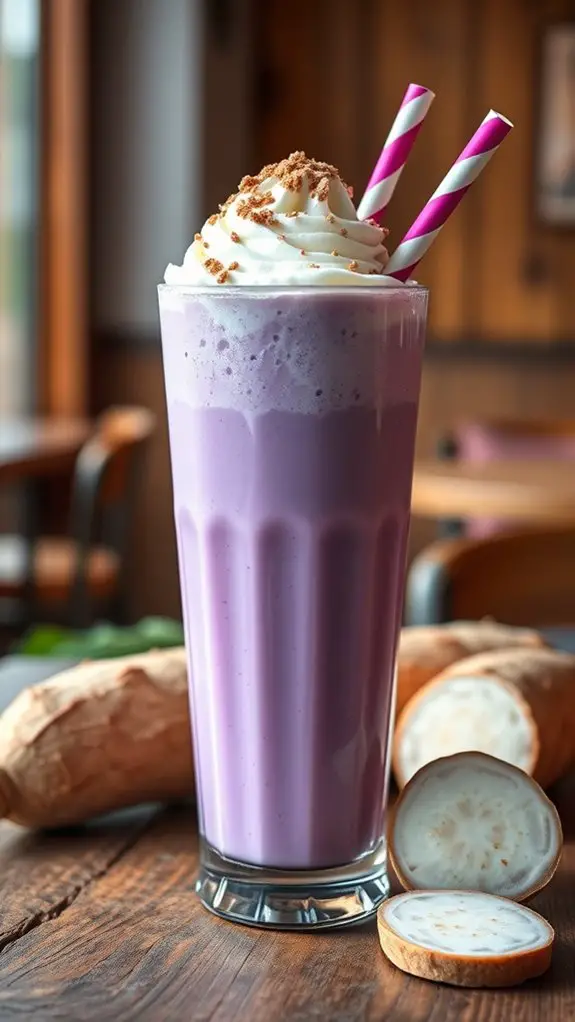
Although the origins of taro milk tea can be traced back to Taiwan in the 1980s, its rise in popularity has since spread across Asia and beyond.
Taro, a starchy root vegetable native to Southeast Asia, holds significant cultural importance in many Asian cuisines. Its unique, creamy flavor and vibrant purple hue have made it a beloved ingredient, especially in the form of the now-iconic taro milk tea.
As this invigorating beverage gained widespread acclaim, it evolved into a global phenomenon, enchanting tea enthusiasts and casual drinkers alike with its irresistible blend of sweet, earthy taro and rich, velvety milk.
Recipe

Taro is a starchy root vegetable with a delightful, slightly sweet flavor that pairs wonderfully with the rich creaminess of milk. This Taro Milk Tea recipe captures the perfect balance of these complementary flavors, creating a soothing and indulgent beverage.
The key to attaining the authentic taste of taro milk tea is to start with high-quality taro puree. By cooking the taro until it's tender and then blending it into a smooth, velvety consistency, you'll guarantee that each sip is bursting with the natural sweetness and aroma of this unique ingredient.
Ingredients:
- 1/2 cup taro puree
- 2 cups milk (dairy or non-dairy)
- 1/4 cup sugar
- 1 teaspoon vanilla extract
- Ice cubes
To prepare, simply combine the taro puree, milk, sugar, and vanilla extract in a saucepan. Heat the mixture over medium, stirring frequently, until the sugar has fully dissolved and the mixture is steaming hot.
Remove from heat and pour the taro milk tea over ice. For a thicker, more indulgent consistency, you can blend the hot taro milk tea in a blender before serving.
When making taro milk tea, be sure to use high-quality, fresh taro for the best flavor and texture. Additionally, feel free to adjust the sweetness level to your personal taste preferences. Some people enjoy a more pronounced taro flavor, while others prefer a sweeter, more milky beverage.
Nutritional Guide
Beyond the delightful flavors, a glass of taro milk tea offers a nutritional boost. Taro, the star ingredient, is a nutrient-dense root vegetable packed with vitamins, minerals, and antioxidants.
The milk provides calcium, protein, and healthy fats, while the tea contributes polyphenols with their anti-inflammatory properties. This harmonious blend supports immune function, bone health, and even cognitive performance.
An ingredient breakdown reveals taro's fiber, vitamin C, and manganese, complemented by the milk's riboflavin and the tea's L-theanine. Sipping on taro milk tea can be a guilt-free indulgence, delivering both flavor and tangible health benefits.
Final Thought
With its unparalleled nutritional profile and enchanting flavors, taro milk tea can be an indulgent yet nourishing treat you savor guilt-free.
The taste experience is a harmonious blend of velvety taro, creamy milk, and a hint of sweetness, offering a truly unique sensory delight.
Beyond its delectable qualities, taro milk tea holds significant cultural significance, rooted in the rich traditions of Asia.
As you sip this enthralling beverage, you'll be transported to a domain where the past and present intertwine, allowing you to connect with the vibrant heritage that inspired its creation.
Embrace the allure of taro milk tea and elevate your taste buds to newfound heights of pleasure and nourishment.
